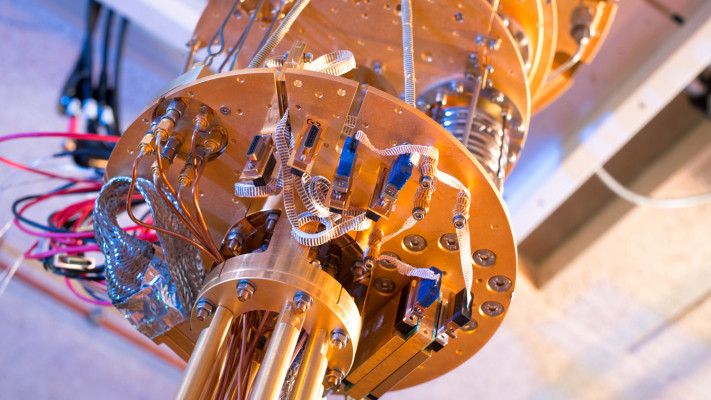LOS ANGELES (PRWEB) September 27, 2018
The Arch Mission Foundation today announced the creation of an archive of knowledge encoded into synthetic DNA by Microsoft, Twist Bioscience Corporation, and the University of Washington to be included in the Lunar Library™. The DNA Archive will feature 10,000 crowdsourced images and the full text of 20 important books, among other items. The data is encoded into billions of synthetic DNA molecules and encapsulated for long-term preservation. Collectively this data will represent the first Special Collection of the Lunar Library, which the Arch Mission Foundation announced last spring.
The Arch Mission Foundation sought partners that could help curate these materials and assist in achieving a remarkable collection that reflects both the best of human knowledge, as well as the most ambitious technical abilities in the emerging new field of molecular data storage. Molecular data storage is a new technology for storing and retrieving data from molecules of synthetic, non-living DNA.







